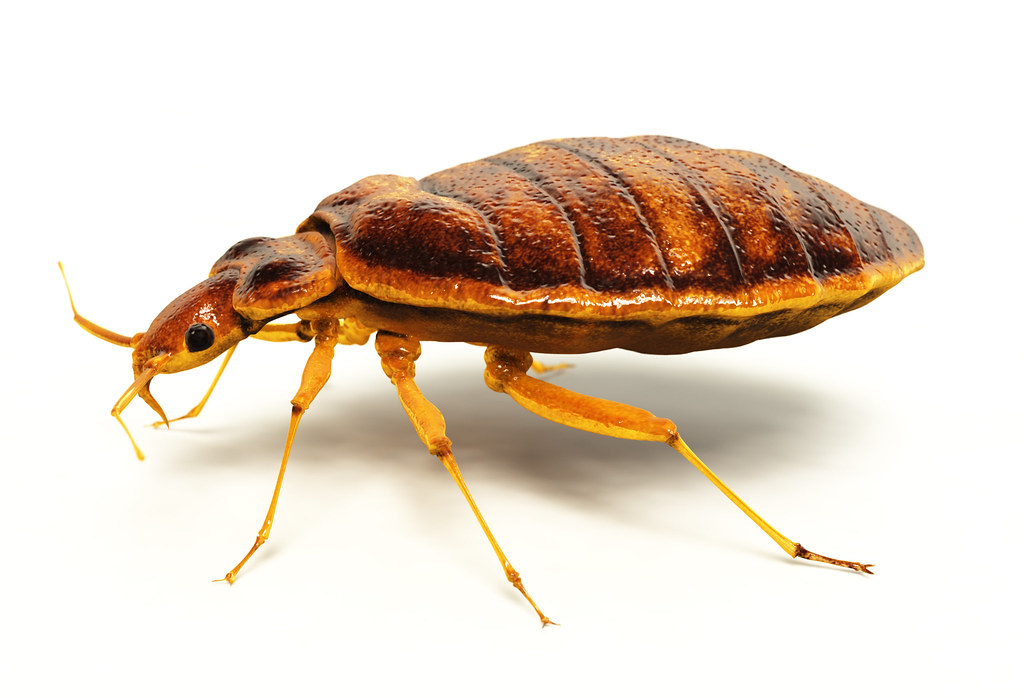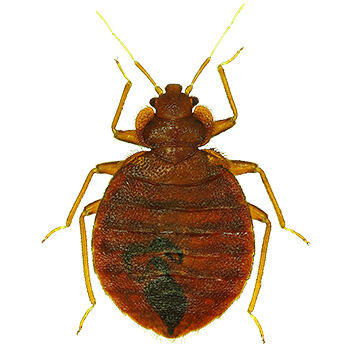Expert Bed Bug Exterminator: DC Providers and Heat Treatment
Wiki Article
Checking Out the Scientific Research Behind Bed Insect Warm Treatments as a Lasting Bug Monitoring Technique
In the realm of pest management, the quest for sustainable and efficient solutions continues to be a consistent search. One such technique that has actually obtained traction in current years is using warmth treatments to battle bed insect infestations. By harnessing the science behind thermal death points for these relentless parasites, warmth treatments offer a promising option to typical chemical-based methods. The intricacies of exactly how heat efficiently removes bed insects and the more comprehensive effects for sustainable insect administration methods make this a topic worth exploring additionally.Bed Insect Heat Treatment Process

Thermal Fatality Point for Bed Bugs
Revealing bed pests to raised temperature levels beyond their thermal tolerance variety is important for attaining efficient eradication in warm treatment processes. By reaching and maintaining temperature levels above the thermal fatality factor for bed bugs, insect management specialists can make sure detailed elimination of bed bug populations, consisting of hard-to-reach areas where chemical therapies might be much less efficient. Comprehending the thermal death point for bed pests is vital for carrying out effective heat therapy approaches and accomplishing lasting insect management outcomes.Advantages of Warm Treatments
Having established the critical thermal fatality factor for bed insects, it is crucial to currently check out the considerable benefits that warm treatments supply in properly removing these resistant bugs. One of the primary benefits is that warm can pass through deep right into splits and gaps where bed insects conceal, ensuring that also the most hard-to-reach locations are heated to deadly temperature levels.In addition, heat therapies are eco friendly and safe, making them a sustainable parasite management technique. Unlike chemical pesticides, warmth treatments do not leave damaging deposits that can present risks to human health or the environment. This aspect is specifically essential in sensitive settings such as healthcare facilities, schools, and houses where chemical usage might not be preferable.
Additionally, heat therapies have a high success rate in removing bed pest invasions in a solitary therapy, lowering the demand for multiple gos to and minimizing interruption to residents. This effectiveness not just saves time and money yet also gives tranquility of mind to those handling bed pest problems.
Effectiveness of Heat Treatment

Warm treatments have the added advantage of eliminating bed pest eggs, which are usually immune to standard chemical treatments. In general, the performance of warmth treatments in removing bed bug problems makes them a lasting and dependable bug administration method.
Sustainable Pest Administration Perks
Executing lasting bug administration techniques supplies exterminator lasting benefits for both the environment and public wellness. By making use of methods such as heat treatments for insect control, we can reduce the reliance on harmful chemical pesticides that can have unfavorable effects on communities and human health - exterminator. Sustainable parasite administration methods aid in preserving biodiversity by targeting particular parasites without hurting non-target microorganisms, thus preserving a well balanced ecological community
In addition, sustainable parasite monitoring techniques add to the general health and wellness and well-being of the public. By reducing exposure to harmful chemicals made use of in standard bug control methods, warmth treatments provide a safer option for bug monitoring in residential, commercial, and public rooms. This decrease in chemical usage likewise aids in preventing pesticide deposits from polluting air, soil, and water, protecting ecological quality.
Conclusion
In verdict, bed bug warmth therapies have actually been shown to be a sustainable and reliable insect monitoring strategy. The thermal fatality factor for bed bugs makes them vulnerable to heat treatments, which have many benefits over conventional chemical treatments. The efficiency of warm therapies in removing bed insect problems while lessening environmental impact highlights the possibility of this method as a lasting option for pest control.The bed bug warm therapy process entails increasing the temperature level within infested locations to a degree that effectively removes bed bugs and their eggs. By getting to and maintaining temperatures above the thermal death point for bed insects, insect monitoring professionals can make certain detailed removal of bed pest populations, consisting of hard-to-reach locations where chemical therapies may be less reliable. One of the main advantages is that heat can penetrate deep into cracks and gaps where bed pests hide, guaranteeing that also the most hard-to-reach locations are warmed to deadly temperatures. Unlike chemical therapies that might leave behind resistant populations, warmth therapies supply a eco friendly and non-toxic service that can permeate deep into furnishings, wall surfaces, and various other hard-to-reach locations where bed pests hide.
The thermal fatality point for bed insects makes them vulnerable to warmth therapies, which have countless advantages over conventional chemical therapies.
Report this wiki page